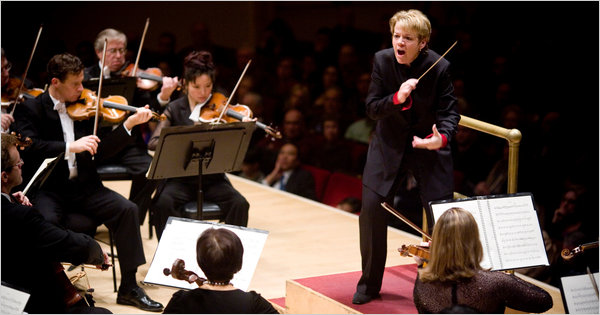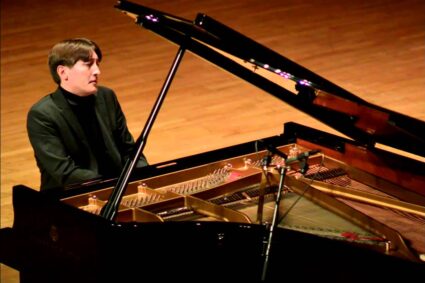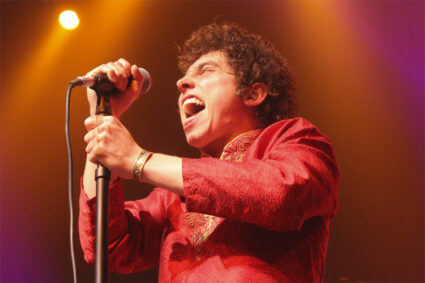
Friday, October 24, 2014 at 8:15 P.M. – The Off the Cuff series concerts give insight into the nuances of classical masterpieces. Tonight, Marin Alsop and the Baltimore Symphony Orchestra presented Ein Heldenleben: A Hero’s Life at The Music Center at Strathmore. It was a look into the personality that was Richard Strauss.
Whether or not Strauss intended to portray himself as a hero in A Hero’s Life isn’t one hundred percent clear. We know Strauss had a sense of humor referring to himself as a first rate, second-rate composer. So Strauss if anything else had character. A Hero’s Life is based from Beethoven’s Erioca Symphony (Heroic Symphony), which is a dedication to Napoleon Bonaparte. It appears Strauss took this idea and focused the gallant theme on him. Strauss had stated that he thought he was “no less interesting than Napoleon,” and did conceded to writing A Hero’s Life in a self-congratulatory manner.
It’s music that points to it’s own author as it’s subject. When I heard this expression the first thing to come to mind was rap music. Strauss wrote A Hero’s Life in a manner a lot of music is written today, with self-confidence. Songs like Young Buck ft. 50 Cent – I’m a Solider come to mind. They may sound nothing alike but idealistically the composure style is still alike. Strauss was just attacking his critics with harsh notes instead of harsh lyrics. A Hero’s Life is a tone poem, in the second movement, A Hero’s Adversaries, its represents Strauss’s critics. It wasn’t a pleasant tone, woodwinds with two ominous tubas. It’s actually pretty funny. It was like Strauss composed and conducted this piece with swagger.
I think that’s really interesting. Ego isn’t a bad thing; it’s just self-expression and confidence. So why not build yourself up with your music? When A Hero’s Life premiered in 1899 critics found the notion highly offensive. So much so one critic called the piece revolting and another critic called Strauss a lunatic. I think they were appalled by Strauss’s confidence more than how the music sounded. You have to be confident as a musician it’s a necessary expression. What I heard tonight was a beautiful score.
This number requires a large orchestra. Piccolo, three flutes, three oboes, English horn, E-flat clarinet, 2 soprano clarinets, bass clarinet, 3 bassoons, contrabassoon, 8 horns, 3 trumpets in B-flat, 2 trumpets in E-flat, 3 trombones, tenor tuba, tuba, timpani, bass drum, snare drum, cymbals, tenor drum, tam-tam, 2 harps, and strings. Marin Alsop deserves a lot of credit for being able to conduct such an elaborate ensemble. With so many different types of instrumentation it takes a keen hear to be able to decipher each instrument and cue it appropriately. Marin accomplished this task decisively.
Concert Master Jonathan Carney was terrific on solo violin. During the solo Jonathan interjects with low strings, winds and brass for some stunning effects. The intricate solos were astonishing! The movements blended together so precisely the music seemed continuous.
This was a fantastic presentation! It was classical music with swag and The Baltimore Symphony Orchestra played it in just that manner; confidently!


